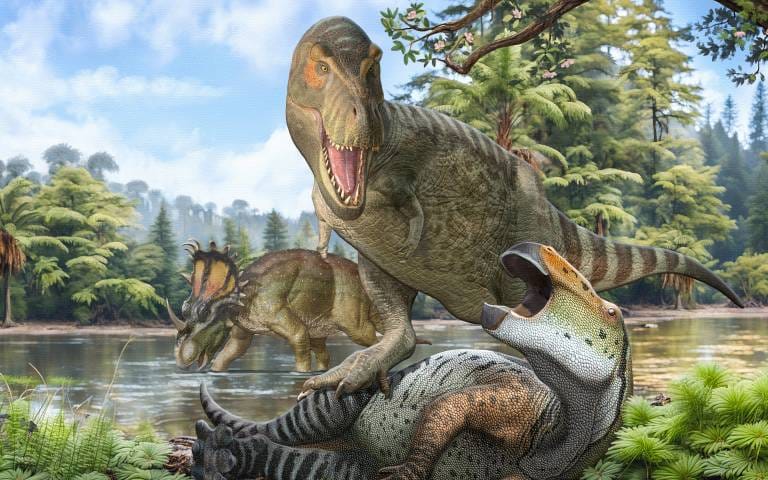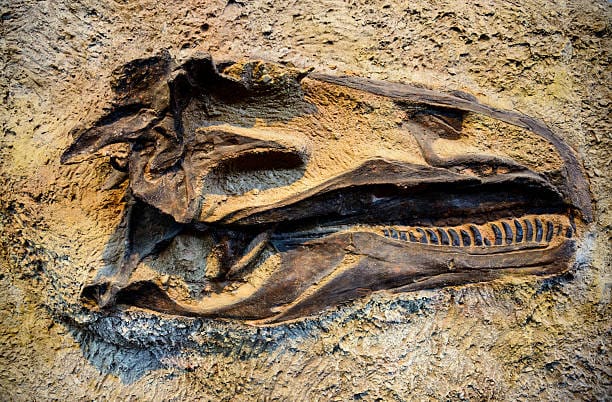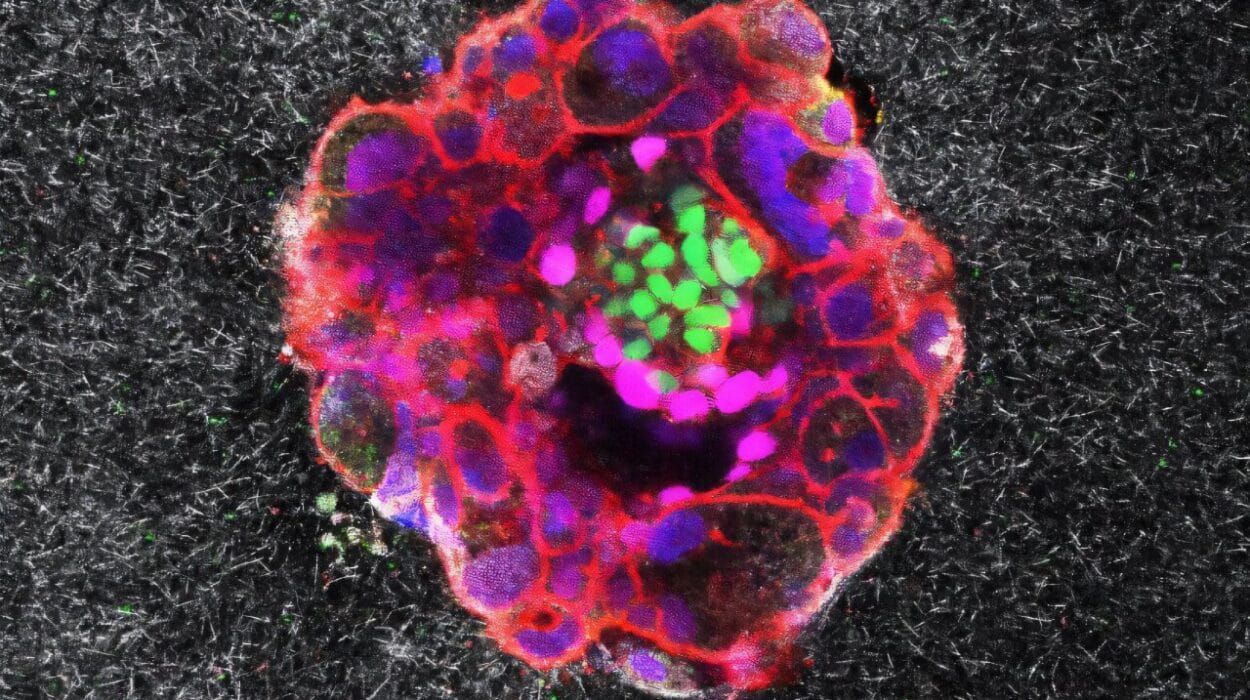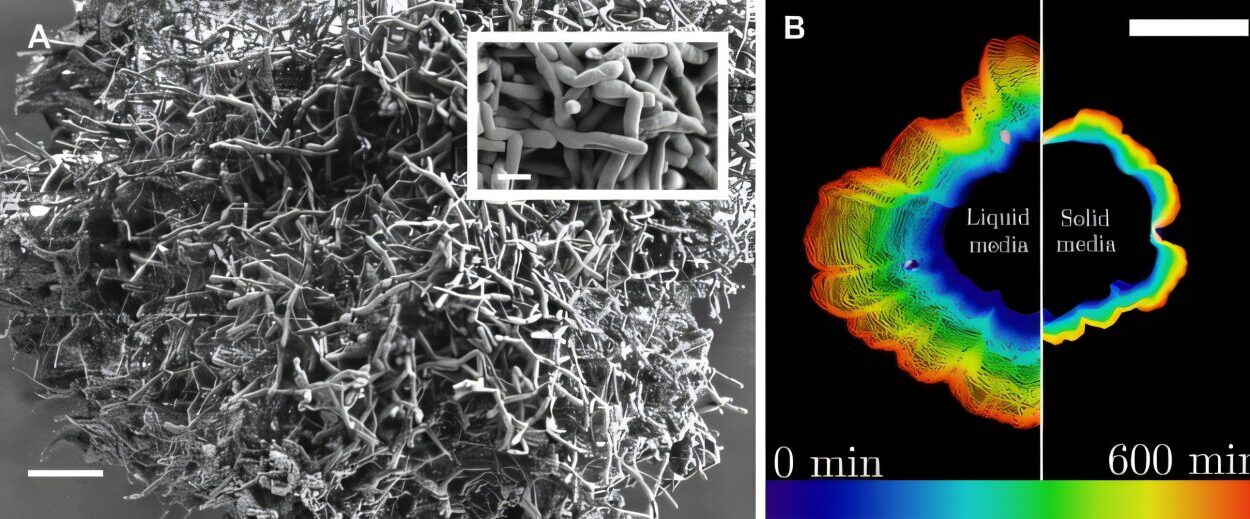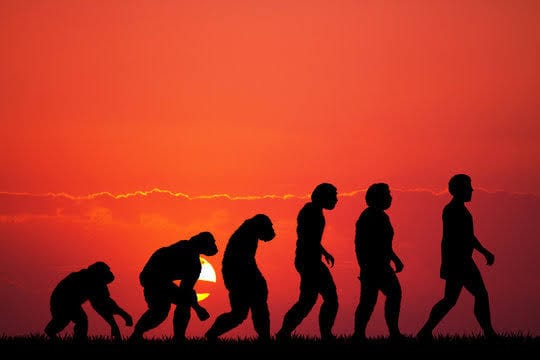In the heart of the badlands, beneath layers of sandstone and time, lay secrets so immense, they would one day tower over the imaginations of both scientists and children. These bones—titanic, ancient, and broken by the weight of eons—waited in silence. They belonged to a creature so fearsome and iconic that it would later become a symbol of the prehistoric world itself: Tyrannosaurus rex, the tyrant lizard king.
But how did humanity come to uncover such a monster from the distant past? The story of the discovery of T. rex is as thrilling as any adventure novel, shaped by curiosity, rivalry, and moments of sheer serendipity. It’s a tale of science triumphing over mystery—of fragments slowly assembling into a roaring picture of one of Earth’s most formidable predators.
To understand how paleontologists discovered T. rex, we must journey into the 19th century, through the dust of fossil beds, and into the minds of those who first dared to imagine a lost world teeming with thunderous beasts.
The Rise of Fossil Hunters and the Dinosaur Awakening
The 1800s were a time of deep scientific awakening. For the first time in human history, people began to systematically peel back the Earth’s crust to read the ancient story buried within. Fossils, once thought to be merely “sports of nature” or remnants of mythical dragons, were gaining scientific legitimacy.
In England, Mary Anning’s fossil finds along the Jurassic coast in the early 1800s hinted at a prehistoric past filled with marine reptiles. Meanwhile, in 1842, Sir Richard Owen coined the term “Dinosauria,” meaning “terrible lizards.” These creatures, he said, were a distinct group of reptiles that once ruled the land.
While England’s dinosaurs were fascinating, it was in the vast and rugged terrains of North America that a fossil frenzy would explode—a period known as the Bone Wars. In the late 1800s, two rival paleontologists—Edward Drinker Cope and Othniel Charles Marsh—engaged in a heated race to unearth and name as many dinosaur species as possible. Their bitter competition led to the discovery of over 130 new species, but it also produced mistakes, misclassifications, and chaotic records that would take decades to untangle.
Yet, amid the dust and bones of this age, there was no sign yet of T. rex.
Shadows of a Giant: Early Clues in Fragmented Bones
The first signs of what would eventually be known as Tyrannosaurus rex appeared not as a complete skeleton but in scattered fragments—massive teeth, enormous vertebrae, and pieces of jawbones so thick and robust that they defied easy classification.
In 1874, a large fossilized tooth was found in Colorado. It bore characteristics of a carnivorous dinosaur—serrated edges, immense size—but it was unlike anything seen before. The discoverer, A. Lakes, sent it to the Yale Peabody Museum, where it was catalogued without a definitive identity.
Later, in 1892, famed fossil hunter Edward Drinker Cope described a few massive vertebrae and jaw fragments discovered in South Dakota and gave them the name Manospondylus gigas—meaning “giant porous vertebra.” Cope had little material to work with and no concept that this creature was part of a much larger story. The name faded into obscurity.
In hindsight, those bones were the earliest known remains of T. rex, but no one at the time knew it.
Barnum Brown and the King’s Arrival
If T. rex had an official discoverer, his name would be Barnum Brown—a man as colorful as the fossils he unearthed. Working for New York’s American Museum of Natural History under the great Henry Fairfield Osborn, Brown was a field paleontologist with a knack for sniffing out bones in the remotest corners of the continent.
In 1900, Brown was exploring the Hell Creek Formation in eastern Montana—a landscape named not for its infernal appearance, but for its treacherous terrain. Here, the layers of late Cretaceous rock told stories from about 66 million years ago, right before the mass extinction that ended the reign of the dinosaurs.
It was here, among the clay and sandstone of a remote bluff, that Brown unearthed fragments of a massive theropod dinosaur: partial jawbones, teeth, and vertebrae that hinted at a predator unlike any other. He returned two years later in 1902, this time unearthing a much more complete specimen—about 34 bones in total, including parts of the skull, hips, ribs, and tail.
These fossils made their way to New York, where Osborn officially named the new species Tyrannosaurus rex—“tyrant lizard king”—in 1905. The name itself echoed with mythic resonance, as though plucked from the pages of some ancient epic.
The world had just been introduced to a monster.
The Anatomy of a Tyrant
What made T. rex so extraordinary? Its skeleton was both horrifying and magnificent—a paradox of massive bulk and deadly precision. This was a predator that could weigh up to 10 tons and measure over 40 feet in length, with a skull stretching nearly five feet long. Its teeth—some over a foot in length, including root—were thick, banana-shaped daggers designed not for slicing like a saber, but for crushing bone.
Its jaw strength, estimated at over 12,000 pounds of bite force, was possibly the most powerful of any terrestrial animal that has ever lived. It could shatter the bones of hadrosaurs and ceratopsians with terrifying ease.
Yet T. rex was also surprisingly agile. Its long, powerful legs and relatively light body design (for its size) suggest it could run at speeds up to 20 mph, possibly faster. It may not have been the fastest predator, but few could outrun it.
Its most controversial feature—those famously tiny arms—remained a puzzle for years. Though small, they were heavily muscled and may have been used for grappling prey or aiding in mating behavior. Paleontologists today believe they were far from useless.
The T. rex braincase reveals an animal with sharp senses. It had excellent vision, possibly binocular, and its olfactory bulbs were massive—indicating a sense of smell so refined it could likely detect carrion from miles away.
Was it a predator or a scavenger? The debate raged for decades. Today, the consensus is that T. rex was both—an opportunistic carnivore with the tools to kill and the sense to find easy meals.
Piecing Together the Past: Fossils and Foresight
In the decades following Brown’s discovery, more T. rex specimens were unearthed—each one filling in parts of a biological puzzle. Still, most were incomplete. No complete skeleton was known, and reconstructions often relied on educated guesswork, analogies with other theropods, and sometimes sheer artistic license.
Early museum mounts portrayed T. rex as a tail-dragging, upright reptile—more Godzilla than actual dinosaur. It wasn’t until the late 20th century that a shift occurred in our understanding, driven by new science, better tools, and more complete specimens.
One such find came in 1987 in Montana, where a team led by paleontologist Jack Horner uncovered a remarkably complete T. rex skeleton. Later, in 1990, commercial fossil hunter Sue Hendrickson stumbled upon the most complete T. rex ever found—over 90% of the skeleton—in South Dakota. The fossil, later nicknamed “Sue,” became a scientific and legal sensation.
Sue’s bones were so well preserved that scientists could study growth patterns, muscle attachments, and even injuries. Her left fibula showed signs of healing after a break, and several vertebrae were fused—evidence of arthritis or infection. She had lived a hard life and still grown to massive size, possibly 40 feet long and weighing nearly 9 tons.
These newer discoveries also brought CT scans, histology (bone microstructure analysis), and 3D modeling into play. We began to understand how T. rex grew (rapidly), how it moved (efficiently), and even how it might have sounded (a low rumble, not a roar).
The Dawn of Dinosaur Paleobiology
In the 21st century, T. rex has become more than just a skeleton—it has become a research organism. Scientists ask questions not just about its bones, but about its behavior, metabolism, skin, growth, and place in the ecosystem.
Did it have feathers? Many paleontologists believe it may have, at least as a juvenile. Its closest relatives—the tyrannosaurids from Asia—show evidence of feather-like structures. Whether adult T. rex retained these features remains a topic of research.
How did it hunt? Could it crush bone with its jaws, or use pack behavior? Did it care for its young? These are no longer speculative questions, but serious areas of study within paleobiology, addressed through biomechanics, fossil trackways, isotope analysis, and comparative anatomy.
Even its extinction is better understood. The asteroid that struck Earth 66 million years ago triggered a rapid collapse of ecosystems. T. rex, along with every other non-avian dinosaur, disappeared in what was arguably the worst day in Earth’s history.
The Icon and the Legacy
Since its official naming in 1905, Tyrannosaurus rex has become one of the most recognizable and beloved creatures in all of science. It looms in museums, strides across cinema screens, and charges through the imaginations of millions.
It is not just a symbol of prehistoric ferocity—it is a symbol of scientific perseverance. The story of T. rex is not just about the bones themselves but about the people who unearthed them, who argued over them, and who dedicated their lives to piecing together the shadow of a monster from a million broken shards.
Paleontology is still a growing, changing science. New techniques continue to refine our image of T. rex—an image that began with a few isolated teeth and has become a complex portrait of a living, breathing animal that once ruled the Earth.
In a sense, the discovery of T. rex was not a single moment—it was a century-long journey of asking questions, challenging assumptions, and never being satisfied with easy answers. That is the real legacy of the tyrant king.
The Earth Remembers
The rocks of Montana, South Dakota, and Wyoming still whisper with the memory of T. rex. New discoveries are being made every year. Young paleontologists now walk the same badlands once trodden by Barnum Brown and Jack Horner, hoping to uncover the next chapter in a story still being written.
Perhaps the next great specimen is still buried, waiting to tell us something we never imagined. Maybe it will have preserved skin, stomach contents, or even the faintest trace of DNA. With every bone that is unearthed, we step further into the past—and closer to the truth.
The ground beneath our feet is not silent. It is a library. And in its pages, T. rex roars forever.
